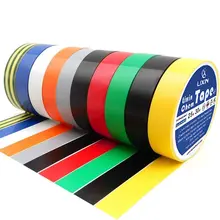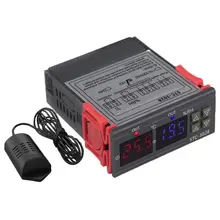Introduction to Reflective Optical Sensors
Reflective optical sensors are integral components in modern electronics, enabling devices to interact with their surroundings through light detection and measurement. These sensors operate by emitting light beams, often infrared, which reflect off an object and back to the sensor, allowing it to gauge proximity, presence, or motion. This category encompasses a range of sensors, including the tcrt5000, known for its versatility with microcontrollers like Arduino, and the cny70, a sensor that excels in precise object detection.
Types and Applications
The diversity of reflective optical sensors is evident in their various types and applications. The tcrt5000 ir sensor is commonly employed in line-following robots and rotary encoders, while the cny70 ir sensor is often found in position-sensing applications. In industrial settings, optical diffuse sensors are used for material handling and automation due to their ability to detect objects regardless of color or surface texture. Meanwhile, reflective optical encoders are crucial in motion control, providing feedback on the position of rotating equipment.
Features and Materials
Reflective optical sensors are designed with various features to suit specific needs. For instance, the tcrt5000 sensor includes an infrared emitter and phototransistor in a leaded package that blocks visible light. Materials used in these sensors are chosen for durability and performance, such as the robust semiconductor materials in the tcrt5000 ir, which ensure reliable operation even in challenging environments.
Advantages of Reflective Optical Sensors
The advantages of using reflective optical sensors are numerous. They offer non-contact detection, which minimizes wear and tear, and they can be highly sensitive and accurate. Sensors like the reflective optical sensor with transistor output provide a convenient digital output that can be easily interfaced with electronic circuits. The tcrt5000 infrared reflective sensor is particularly noted for its quick response time and low power consumption, making it ideal for battery-operated devices.
Selection Considerations
When selecting a reflective optical sensor, it is important to consider the application's specific requirements, such as range, sensitivity, and the type of light source. For Arduino enthusiasts, the arduino reflective optical sensor is a popular choice due to its ease of integration and programmability. For more demanding industrial applications, a diffuse reflective optical sensor might be more appropriate due to its ability to detect objects at longer distances and with higher accuracy.
Conclusion
Reflective optical sensors are versatile components essential in various electronic applications. From simple DIY projects with the ir tcrt5000 to advanced industrial systems using reflective encoders, these sensors provide the necessary interface between the digital and physical worlds. Alibaba.com's extensive catalog offers a wide selection to meet the needs of any project, ensuring that buyers can find the right sensor for their specific application.










































 浙公网安备 33010002000092号
浙公网安备 33010002000092号 浙B2-20120091-4
浙B2-20120091-4